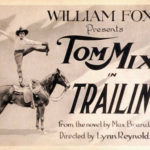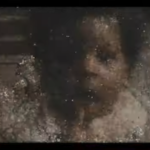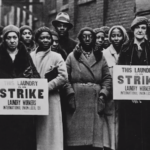2015 – It Wasn’t Too Bad a Year, At All
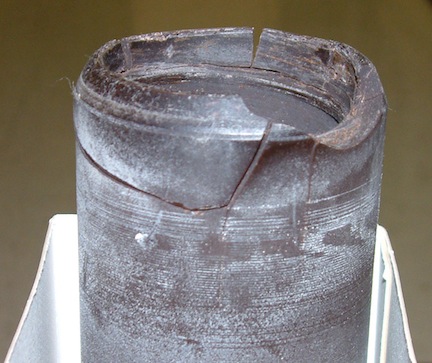 We hope you enjoyed coverage in Moving Image Archive News during 2015. Here’s a look back.
We hope you enjoyed coverage in Moving Image Archive News during 2015. Here’s a look back.
When it comes to preserving the moving-image legacy, all sorts of pressures comes into play. That’s plain when it comes to colleges’ and universities’ attempts to care for the vast stores of material in their possession. So it’s troubling that, when it comes to preserving, studying, and publicizing audio-visual materials, American institutions seem to have become overwhelmed. We reported, in an overview of higher education’s struggle to save the audio-visual legacy of American academic research, that sadly the time may have arrived when triage is the order of the day, rather than wholesale preservation of moving-image materials.
Still, 2015 was a year when plenty of great preservation did get done.
Restorations, and Grants for Restorations
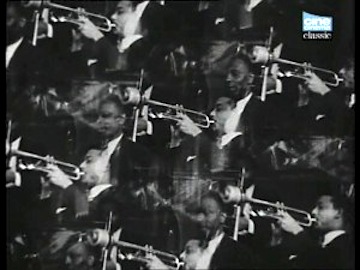
Added to the US National Film Registry was Dudley Murphy’s “Black and Tan.” Duke Ellington portrays a struggling musician who gigs at the Cotton Club.
Late in the year, 25 films were added to the US National Film Registry by the US Library of Congress, bringing the listing to 675 films dating from 1894 to 1997. The works added this year included Hollywood blockbusters, documentaries, silent movies, animation, shorts, independent and experimental motion pictures.
Also late in the year, films by Gregory J. Markopoulos and four other experimentalists won preservation grants in the 2015 round of Avant-Garde Masters Grants from The Film Foundation and the National Film Preservation Foundation. In the mid-1960s, two decades into his highly idiosyncratic filmmaking career, Markopoulous became so disgusted by American critics’ reception of American film avant-gardism that he told members of a New York Film Festival panel of critics that they were “soulless morons,” packed up, and moved to Greece.
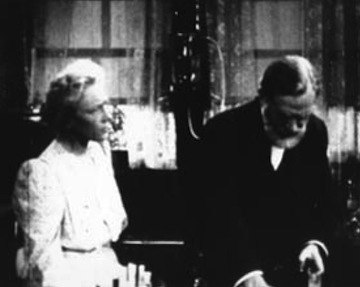 Also among the recipients were Ken Jacobs’s Doctor’s Dream (left), made from 16mm TV film he found in a store on Canal Street in Manhattan, and a work from Owen Land’s strange, expansive world of “structural film.”
Also among the recipients were Ken Jacobs’s Doctor’s Dream (left), made from 16mm TV film he found in a store on Canal Street in Manhattan, and a work from Owen Land’s strange, expansive world of “structural film.”
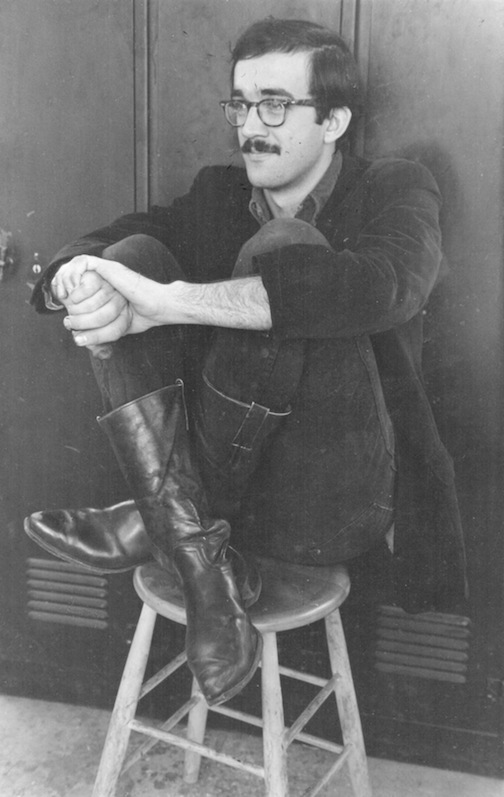
Frank Mouris, Yale University, late 1960s; photo Jane Bobczynski Newcomb
In mid-year the National Film Preservation Foundation announced awards to 57 films that guaranteed that 32 institutions in 21 states will be able to repair and preserve them through the creation of new negatives, film prints, and digital access copies. Among them were three animated films of Frank and Caroline Mouris that they made while he was a graduate student at Yale University, and that are now in the possession of Yale’s Film Study Center.
Tacoma, a port city in the Northwest of the United States, has not been well known for its contributions to movie making, but a rediscovered 1927 silent by the later maker of the Thin Man series shows that it deserves a place.
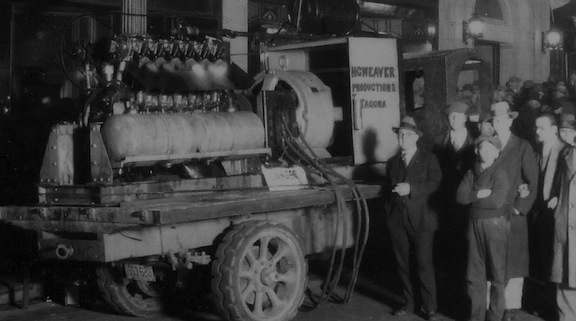
The Weaver film-production facility, during its brief life
Every great artist has to get a start somewhere, and in the case of filmmaker Robert Altman, that was Kansas City. Working with a 2013 grant from the National Film Preservation Foundation, the Northwest Chicago Film Society has restored one of Altman’s apprentice films, Corn’s-A-Poppin’, a cornball starter film he co-wrote in 1955. It’s definitely one for the Altman completist, but it’s also worth having your local film society book, for its corny humor.
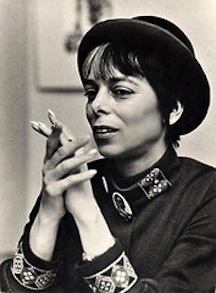 Some memorable reissues during 2015 came from Milestone Films, the vaunted Brooklyn-based restoration and reissue company. It issued restored prints, and then consumer DVDs and Blu-rays, of most of the films of Shirley Clarke, including her singular portraits of Jason & Ornette. Milestone has championed Clarke, and fortunately so, because she had suffered the neglect and disparagement that many great innovators do.
Some memorable reissues during 2015 came from Milestone Films, the vaunted Brooklyn-based restoration and reissue company. It issued restored prints, and then consumer DVDs and Blu-rays, of most of the films of Shirley Clarke, including her singular portraits of Jason & Ornette. Milestone has championed Clarke, and fortunately so, because she had suffered the neglect and disparagement that many great innovators do.
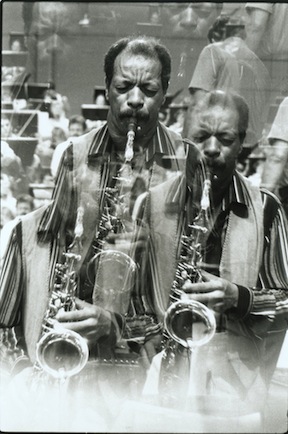 In The Task and Art of Restoring Sound on Ornette, John Polito of Audio Mechanics, in Burbank, Calif., explained that a project like the restoration of Clarke’s portrait of jazz iconoclast Ornette Coleman – her 1986 film Ornette: Made in America — could hardly succeed if its visual appeal was not matched by sparkling audio.
In The Task and Art of Restoring Sound on Ornette, John Polito of Audio Mechanics, in Burbank, Calif., explained that a project like the restoration of Clarke’s portrait of jazz iconoclast Ornette Coleman – her 1986 film Ornette: Made in America — could hardly succeed if its visual appeal was not matched by sparkling audio.
Coleman, whom Jacques Derrida, as so many others, recognized as a key figure in 20th-century culture, died in June.
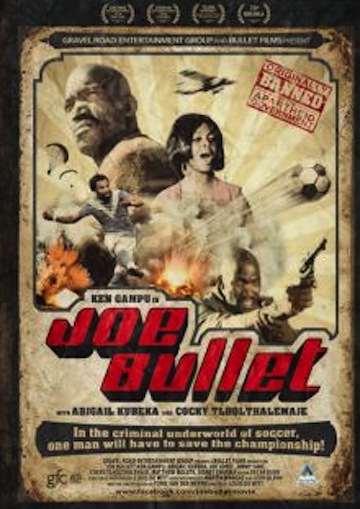 Also back from a sort of limbo are many films made during a surprising flourishing of film-making in 1980s apartheid-era South Africa that featured black actors and African languages.
Also back from a sort of limbo are many films made during a surprising flourishing of film-making in 1980s apartheid-era South Africa that featured black actors and African languages.
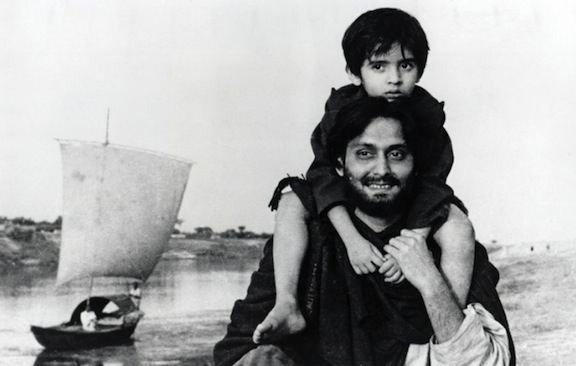 As the year drew to a close, Criterion Collection, the Academy Archive of the Academy of Motion Picture Arts and Sciences, and L’Immagine Ritrovata, at the Cineteca di Bologna, in Italy, issued a stunning restoration of Satyajit Ray’s masterwork – see, Apu Trilogy: Revived from Flames. Even at the time of Satjajit Ray’s death in 1992, aged 70, the negatives and prints of his astonishing early works were in sad shape. An archive fire had so badly damaged the original prints that they had risked being thrown out.
As the year drew to a close, Criterion Collection, the Academy Archive of the Academy of Motion Picture Arts and Sciences, and L’Immagine Ritrovata, at the Cineteca di Bologna, in Italy, issued a stunning restoration of Satyajit Ray’s masterwork – see, Apu Trilogy: Revived from Flames. Even at the time of Satjajit Ray’s death in 1992, aged 70, the negatives and prints of his astonishing early works were in sad shape. An archive fire had so badly damaged the original prints that they had risked being thrown out.
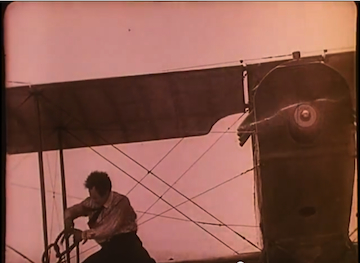 Films presumed lost forever do turn up, from time to time, and one that is now back in circulation is The Grim Game, one of five films featuring Harry Houdini the master escape artist — appropriately enough, it reemerged from the wunderkammer of a prestidigitator.
Films presumed lost forever do turn up, from time to time, and one that is now back in circulation is The Grim Game, one of five films featuring Harry Houdini the master escape artist — appropriately enough, it reemerged from the wunderkammer of a prestidigitator.
Early in 2015, the Council on Library and Information Resources, a collections-support organization, announced its annual grants for hidden collections, specialized caches of many varieties that are being cataloged around the United States. The grants enable archives to make digital replicas so the “hidden” collections can be more readily shared with researchers and the general public. A new series of grants is expected any day.
Meditations on Film and Its Material Traces
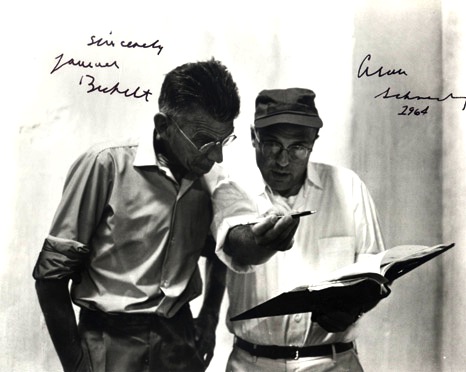
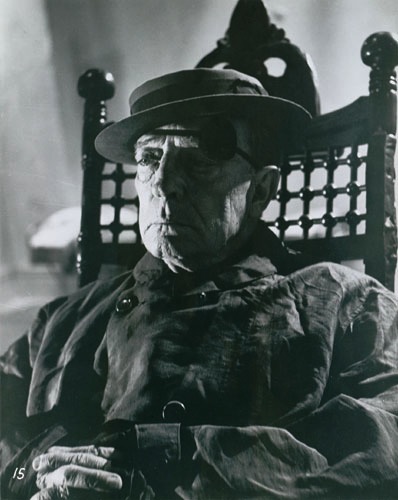 In September, after several years of work, noted film archivist Ross Lipman completed his idiosyncratic documentary film, NOTFILM. It’s a meditation on Samuel Beckett’s only feature film, FILM, which Lipman earlier restored. Beckett’s work was surely one of the most surprising of cinema collaborations: In it, he cast Buster Keaton as a scruffy figure at the center of Beckett’s evocation of the nature of spectatorship. Keaton found the whole thing quite baffling, not least because Beckett allowed his face to be seen for only a moment, at the end of FILM.
In September, after several years of work, noted film archivist Ross Lipman completed his idiosyncratic documentary film, NOTFILM. It’s a meditation on Samuel Beckett’s only feature film, FILM, which Lipman earlier restored. Beckett’s work was surely one of the most surprising of cinema collaborations: In it, he cast Buster Keaton as a scruffy figure at the center of Beckett’s evocation of the nature of spectatorship. Keaton found the whole thing quite baffling, not least because Beckett allowed his face to be seen for only a moment, at the end of FILM.
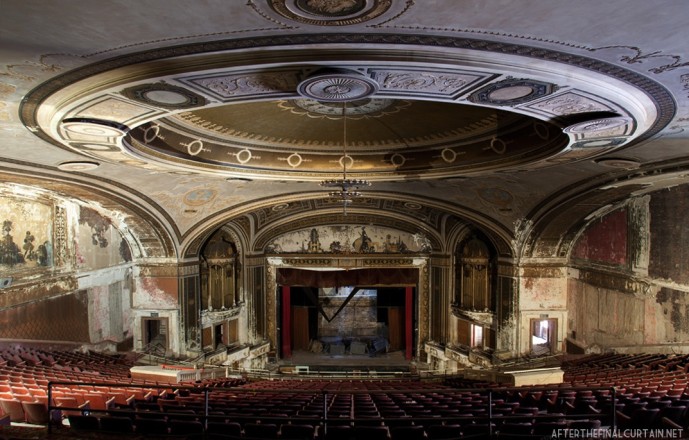
A quite different meditation on film is photographer Matt Lambros’s extraordinary collection of his images of the strangely captivating hulks of abandoned movie palaces (above). In Crumbling Movie Houses that Were Main Attractions, we looked at his collection of riveting images of shuttered American cinema palaces.
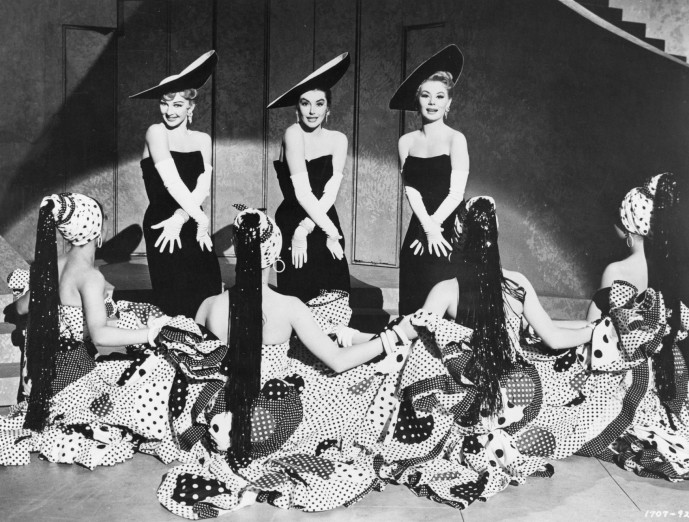
“Les Girls” (1957) featured Orry-Kelly designs at the couturier’s most elegant and outrageous
The material traces of film are fortunately not all as tattered as those cinema hulks. Commemorated with a major exhibition during 2015 were the grand movie fashions of Orry-Kelly, who in the 1950s received three Oscars for his work. Although a giant of costume design, his reputation has waned in recent decades, even in his native Australia, but in 2015 he was additionally recognized with a biographical film and publication of his rediscovered memoir, Women I’ve Undressed.
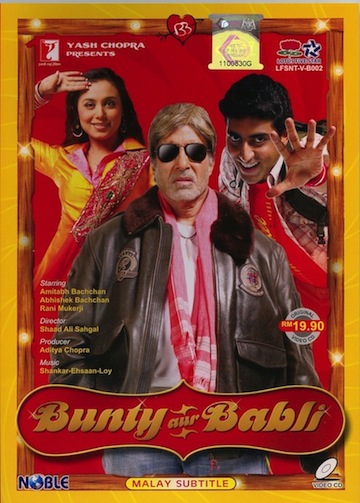 In Indian popular film, what the stars sound like may be more important than what they look like, and they have often sounded quite over the top. And yet, Jayson Beaster-Jones argued in his book Bollywood Sounds: The Cosmopolitan Mediations of Hindi Film Song, critics have barely noticed “perhaps the most distinctive feature of any Indian film: its songs,” and most glaring has been the “minimal, if any, discussion of musical sounds or the people who create these sounds.” He detailed what has been missed.
In Indian popular film, what the stars sound like may be more important than what they look like, and they have often sounded quite over the top. And yet, Jayson Beaster-Jones argued in his book Bollywood Sounds: The Cosmopolitan Mediations of Hindi Film Song, critics have barely noticed “perhaps the most distinctive feature of any Indian film: its songs,” and most glaring has been the “minimal, if any, discussion of musical sounds or the people who create these sounds.” He detailed what has been missed.
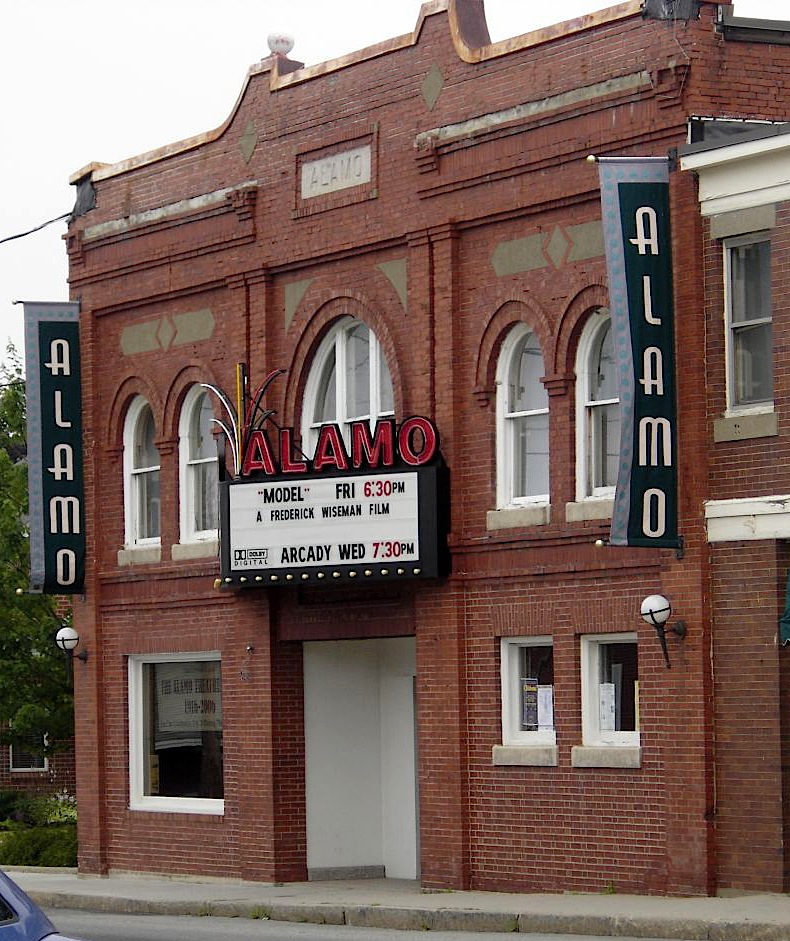
Alamo Theatre. Photo Melissa Dollman
Definitely not to miss, says moving-image archivist and researcher Melissa Dollman, is the annual event known as Wunderkino. She attended this year’s installment of an event that Northeast Historic Film holds each year in the near-100-year-old venue, the Alamo Theatre in Bucksport, Maine. She described the pleasures of the intimate gathering of archivists, scholars, and artists devoted to the history, theory, and preservation of moving images.
All in all, 2015 was a great year for preserving moving images. Here’s to many more.
Previous Post: How to Celebrate 120 Years of Cinema
Next Post: The Music of Film, TV, Video Games, and More

